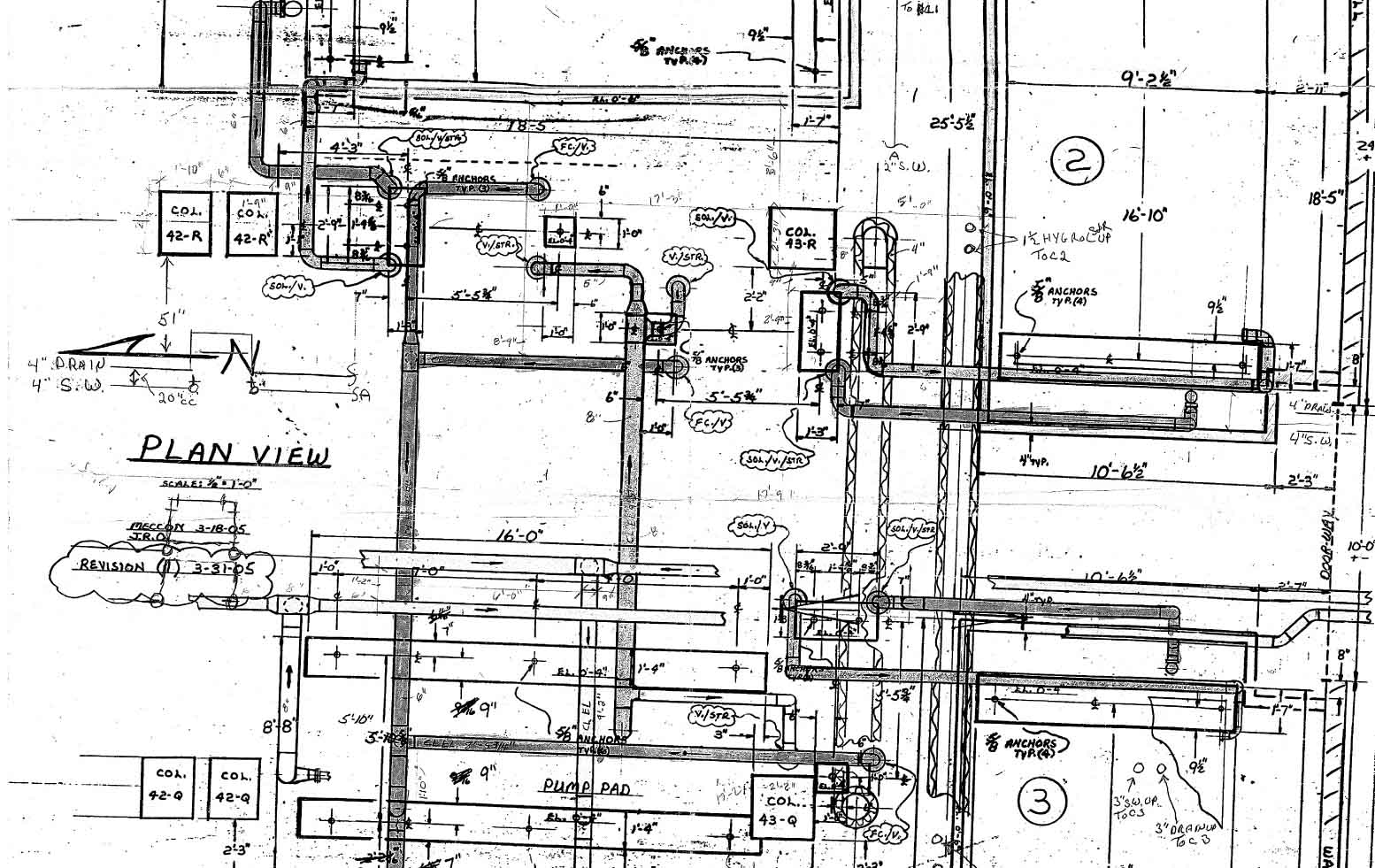
Does your Red Oak home or apartment have an unusual toilet?
Maybe you’ve got a commode that gets the nervous sweats, or a toilet that’s so old it probably remembers the Great Red Oak Fire.
But what if the toilet in your Red Oak bathroom is a true original?
Specifically, we often hear from apartment dwellers in Red Oak whose toilets don’t appear to have tanks; instead, these units have visible pipes that go directly into the wall, making them appear more like public toilets or urinals than traditional home models.
Rather than porcelain tanks with an interior reservoir of water and a conventional flush valve, the toilets we’re talking about look like this:

We call toilets that look like these “flushometers,” and, while they are more common in commercial settings, some apartment buildings use these models for the unique benefits they offer; namely, these units help conserve water, produce a more pressurized and effective flush, and stand up to repeated or “heavy duty” usage better than traditional tank-type units.
Landlords and development companies love them because they’re less likely to clog or back up – meaning fewer late night calls to the super.
On the other hand, these efficient commodes can also pose some daunting challenges. While they’re less likely to break or cause trouble than traditional tank toilets, flushometer-style units do occasionally stop up or require attention. Here’s what to do if something goes wrong with your flushometer toilet:
Reach Out to a Plumber
While many renters know the basics of DIY toilet maintenance on more conventional models, most won’t possess the sort of commercial plumbing know-how it takes to service a toilet like this. This is why, when something goes wrong, we recommend that you immediately reach out to a plumber.
With systems like these, even small problems - a slow drain, or a low-pressure flush – can be a troubling sign of a problem elsewhere in your building, requiring the attention of a plumbing pro. It’s also important to remember, too, that even well-stocked DIY-ers may not have the tools necessary to deal with a problem in a flushometer toilet; in many apartment buildings, renters may not even have the ability to turn off the flow of water to their unit, making DIY repair a non-starter.
If you have any hesitation about how to approach your toilet, call your landlord or super, or reach out directly to a plumbing company. When it comes to your plumbing system and fixtures, it’s always better to be safe than sorry!
Take the DIY Approach
If you are confident enough to tackle your flushometer toilet on your own, here’s how to diagnose and treat a backup or slow drain. We’ll stress again here that you should be very confident in your abilities, as tackling backup in one of these units likely means taking apart your unit.
Still want to give it a try? Here’s what to do:
1.) Turn off the flow of water
2.) Using a monkey or socket wrench, unscrew and remove the outer cover of your flushometer
3.) Using a screwdriver, remove the inner cover
4.) Remove the remaining pieces – this could include a valve and valve seat or a retaining plate – using a combination of your hands and the screwdriver
5.) At this point, you’ll see the likely source of your problem, a clogged diaphragm or rubber cup. Carefully remove this piece and clean it by hand, or replace your existing piece with a new, matching one, which you should be able to find at a hardware or plumbing supply store.
6.) Once you’ve dealt with the clog, carefully reassemble your flushometer, working backwards
7.) Turn your water back on and test your toilet
Have any more questions about flushometer toilets? Have a system in need of service? You’ve come to the right place! Drop Combat Plumbing a line with any questions or concerns; our team is always here and ready to help!








